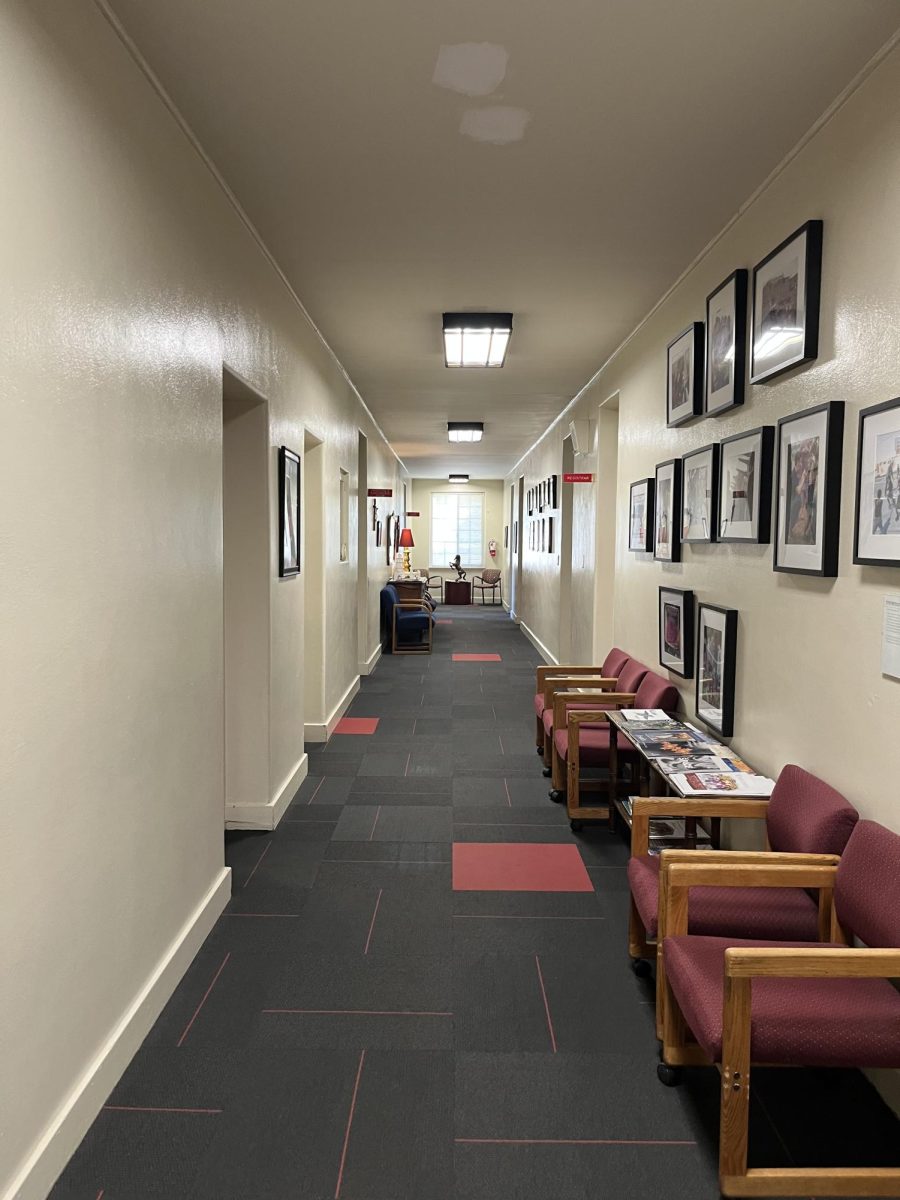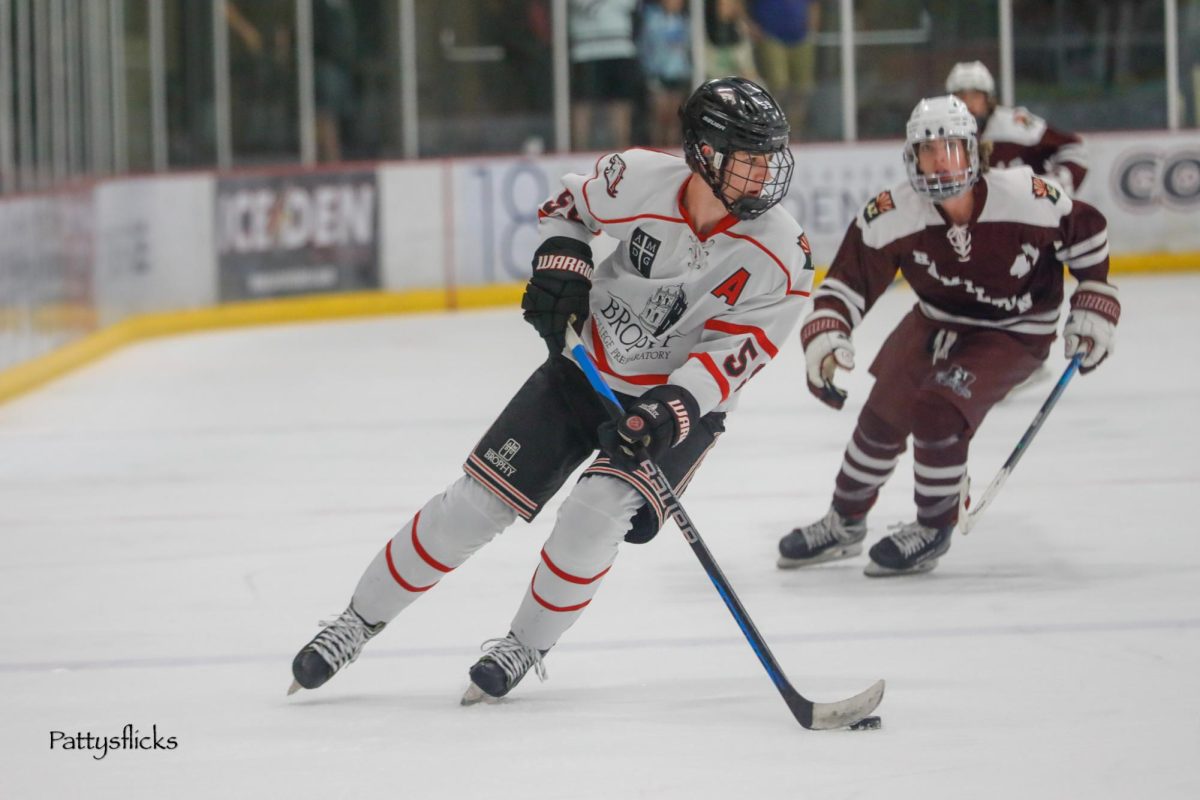By Joe Skoog ’13
THE ROUNDUP
Canadian indie rock act Arcade Fire has been one of the most influential groups of the past decade and continues to inspire with their latest release “The Suburbs.”
Their debut album, “Funeral,” was widely regarded as one of the best albums of the last 10 years.
Their dedicated fan base and arena filling indie music has turned them into the poster children for the indie rock scene.
Their second album, “Neon Bible,” was not as well received as their first. The album was bogged down by overly dramatic arrangements and political messages ruined some potentially beautiful songs.
“The Suburbs” is a return to Arcade Fire’s old form.
The album opens with the title track, “The Suburbs,” which perfectly conveys the fear and hopelessness that is ever present throughout the album.
It is a song about the loss of innocence and safety that he once felt and his anxiety about the future to come, while also coming to terms with the fact that he is growing older.
He pleads to the listener to understand his fears for the future when he sings, “So can you understand? /Why I want a daughter while I’m still young/I wanna hold her hand /And show her some beauty/ Before this damage is done.”
He continues this theme of regret and longing for the past in the song “We Used To Wait,” which is the song used on Arcade Fire’s experimental interactive music video on thewildernessdowntown.com.
Thewildernessdowntown.com attempts to make the music video personalized for each individual and centers around the house that the viewer grew up in.
“We Used to Wait” talks about how technology has turned communication into a less personalized and less individualized form. Win Butler sings, “I used to write, / I used to write letters/ I used to sign my name / I used to sleep at night / Before the flashing lights settled deep in my brain”
Win Butler brings up the fact that our world is more centered around texting and computers than actual personal mediums of communication.
This makes for a somewhat startling realization for Brophy students, who are plugged into to some form of technology virtually all of the time.
This recurring theme of regret and yearning for the past is in many ways reassuring.
The same desperation that was seen on the first album is back and is delivered just as poignantly.
Musically, Arcade Fire has returned to their old ways, like on the song “Rococo,” which greatly utilizes their string ensemble, and on “Sprawl II,” in which the sweeping vocals of Régine Chassagne create a musical landscape that rises to a peak and then falls back down like a valley.
While some of the songs like “Deep Blue” still show some of the flaws of their second album, as a whole the album maintains the expansive sound fans have grown to expect from Arcade Fire.









